How can I use technology effectively in the classroom? What teacher has not asked this question? Tech Edge is the beginning of the answer! Guy Trainin is an associate professor in the Teaching, Learning, and Teacher Education Department, at the University of Nebraska-Lincoln. According to Dr. Trainin’s faculty website, he does “research focuses on the intersection of literacy development, teacher education and literacy integration with technology and the arts” and he “has been studying 21st century learning in schools in Nebraska and China with a specific focus on mobile devices and creativity.” Dr. Trainin is sincerely interested in creating 21st century, technology-savvy, educators in America and around the globe.
I used this assignment to develop myself further as a professional. I created a playlist of YouTube videos, including the Tech Edge videos I watched, that I find useful as an educators. I will continue to add to this playlist during my education and career. I looked at 3 different segments that Dr. Trainin has created. I chose 2 based on my content area (Social Studies) and 1 based on a topic (graphic organizers) that I struggle with personally but should encourage my students to use. I watched Episode 61-History Apps, Episode 128-Geography Apps, and Episode 155-Graphic Organizer Apps.
In each episode, Dr. Trainin or an assistant has found 3 to 4 useful apps in the topic area. Dr. Trainin (or assitant) demonstrates how to use the app, gives strengths and weaknesses, uses in the classroom, and sometimes gives the price of the app. The information is presented in a concise format that makes the video easy to follow and encourages the viewer to download and explore the app.
Episode 61-History Apps
History Apps that Dr. Trainin explored in the History Apps episode were: HISTORY, Today’s Document, National Archives DocsTeach, and Soviet Posters. Today’s Document and DocsTeach caught my attention over the other 2 apps. I experimented with both of the apps. Today’s Document gives the user one document per day from the National Archives. The document for June 15, 2015 represents how unique the documents can be, a message from Jackie Robinson to JFK.
Clicking the information icon gives additional information/resources about the document. This app can give a teacher new knowledge about primary sources that are frequently overlooked. The user can also search topics within the app and access documents that were shared on other days. It appeared that some features (share, favorite) did not work but that did not hinder the operation of the system.
I also looked into the DocsTeach app. I love this app because it comes with predetermined activities based around docs but also lets the teacher create a custom activity based on the available documents. Documents and activities are assembled for a wide range of periods in American history from revolution to contemporary America. It also covers civics and government topics, including the Declaration of Independence.
Episode 128-Geography Apps
Geography Apps that were featured in this episode were: Google Maps , Google Earth, Geo Skillz, and Spy Hunt! Google Maps and Google Earth caught my eye. However, I only investigated Google Earth in depth for this blog. Google Earth is the next best thing to taking a field trip across the world. Students can explore the earth in multiple layers, in 3D or 2D (and in some cases-google streetview). Students
can search for different landmarks across the world or locally in their town. They can explore the geography in and around an area. The options for using Google Earth are near limitless for the classroom! It is a powerful application that seamlessly integrates information from the internet, photos, and location into one, simple to use, app. If I remember correctly from my Physical Geography lab, users can create tours through an area and create different layers to examine different features. Social Studies teachers would do well to master and integrate this app into their classroom.
Episode 155-Graphic Organizer Apps
Graphic Organizer Apps that were featured in this episode were: Kidspiration Maps Lite, Stick Around, iBrainstorm. I gravitated toward iBrainstorm because it seemed to have the most practical uses in the secondary classroom when compared to the other two apps. iBrainstorm allows students to form their
own ideas and form their own work on their screen through use of a pen, sticky notes (can be made “invisible” color so that just text appears), and graphic organizers. Students can share their work with other students connected to the activity by dragging and dropping their work to the top left hand corner. Incoming work will pop out of this corner on to the student’s screen as well. iBrainstorm has a variety of
premade graphic organizers that students can select from if they are having trouble creating their own. Organizers ranger from Venn diagrams to concept maps to sports fields such as a basketball court. iBrainstorm is filled with great tools but does not overwhelm the user with unnecessary options at start up, it allows for creativity to be used first. iBrainstorm is an app that can be used practically in the classroom as well as outside it.

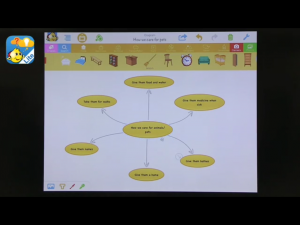
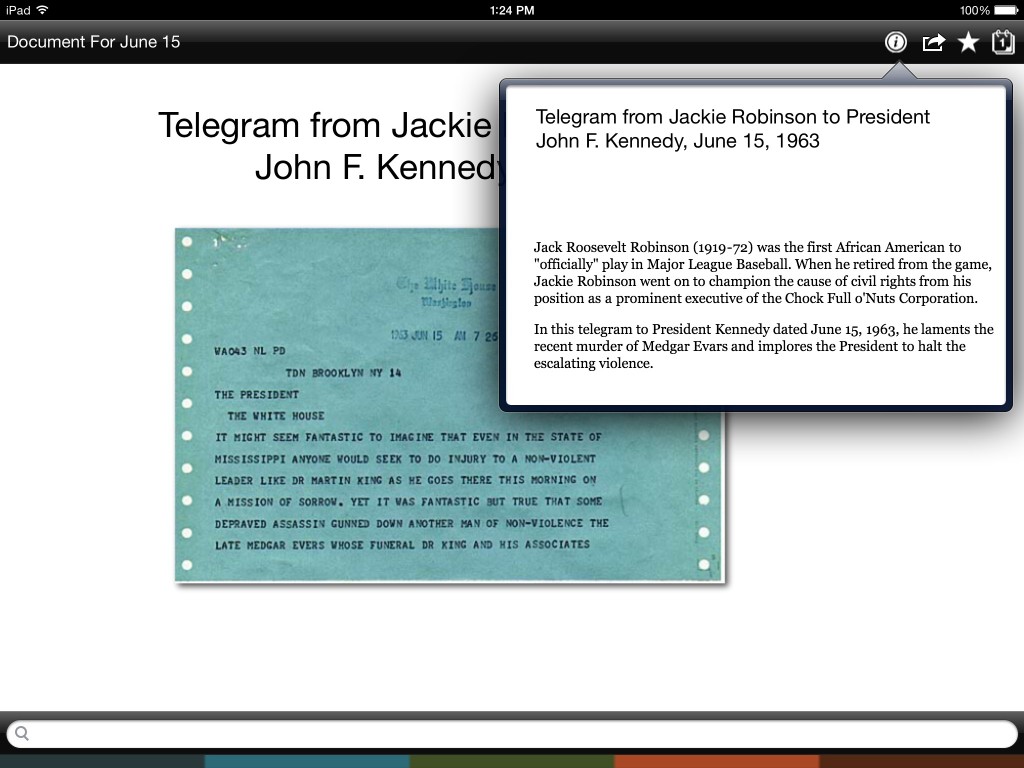
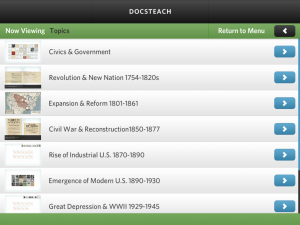
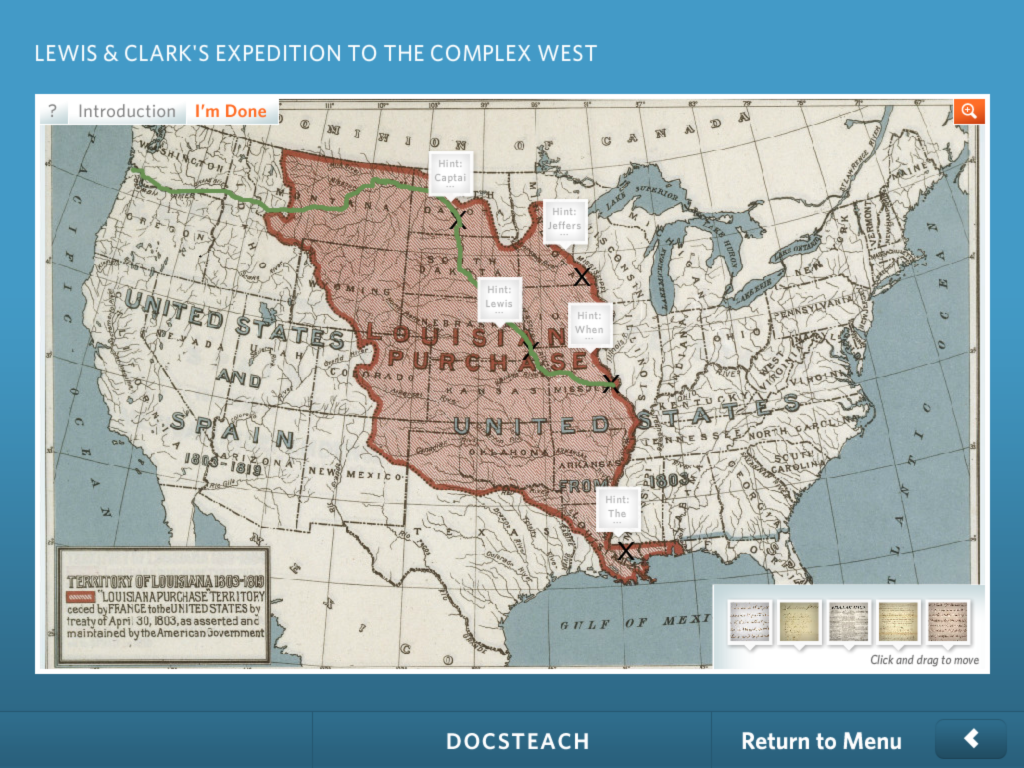
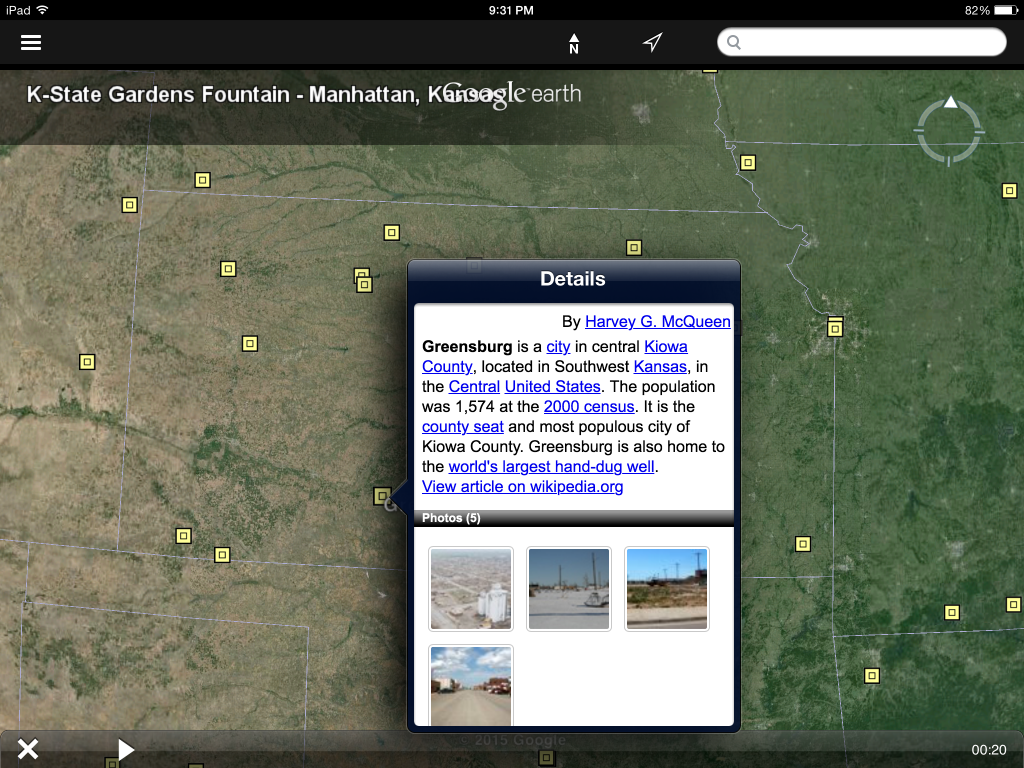
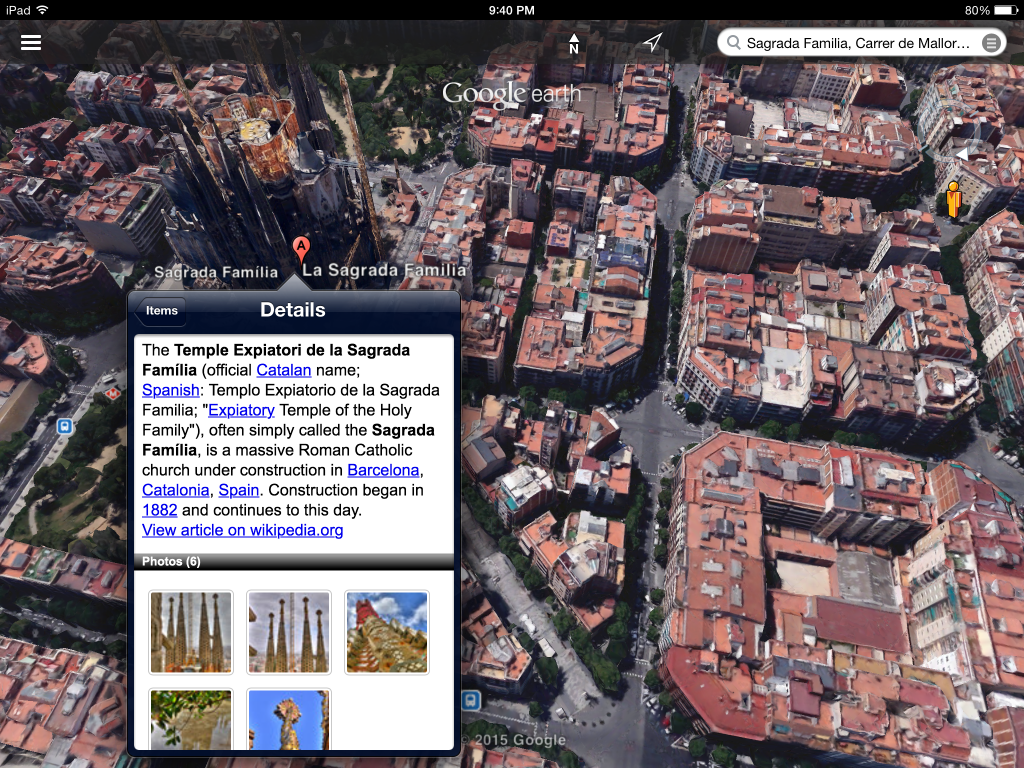


Leave a Reply